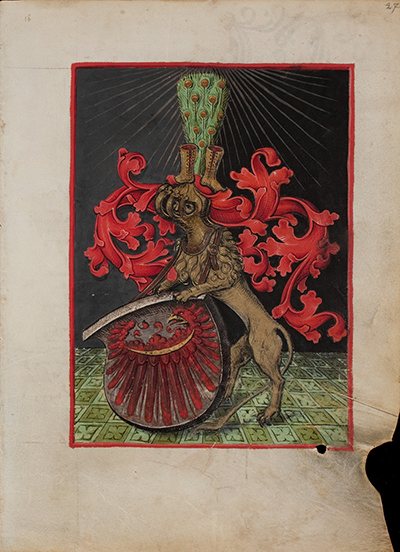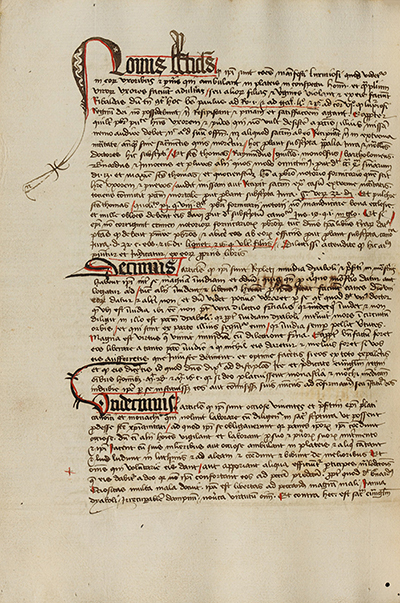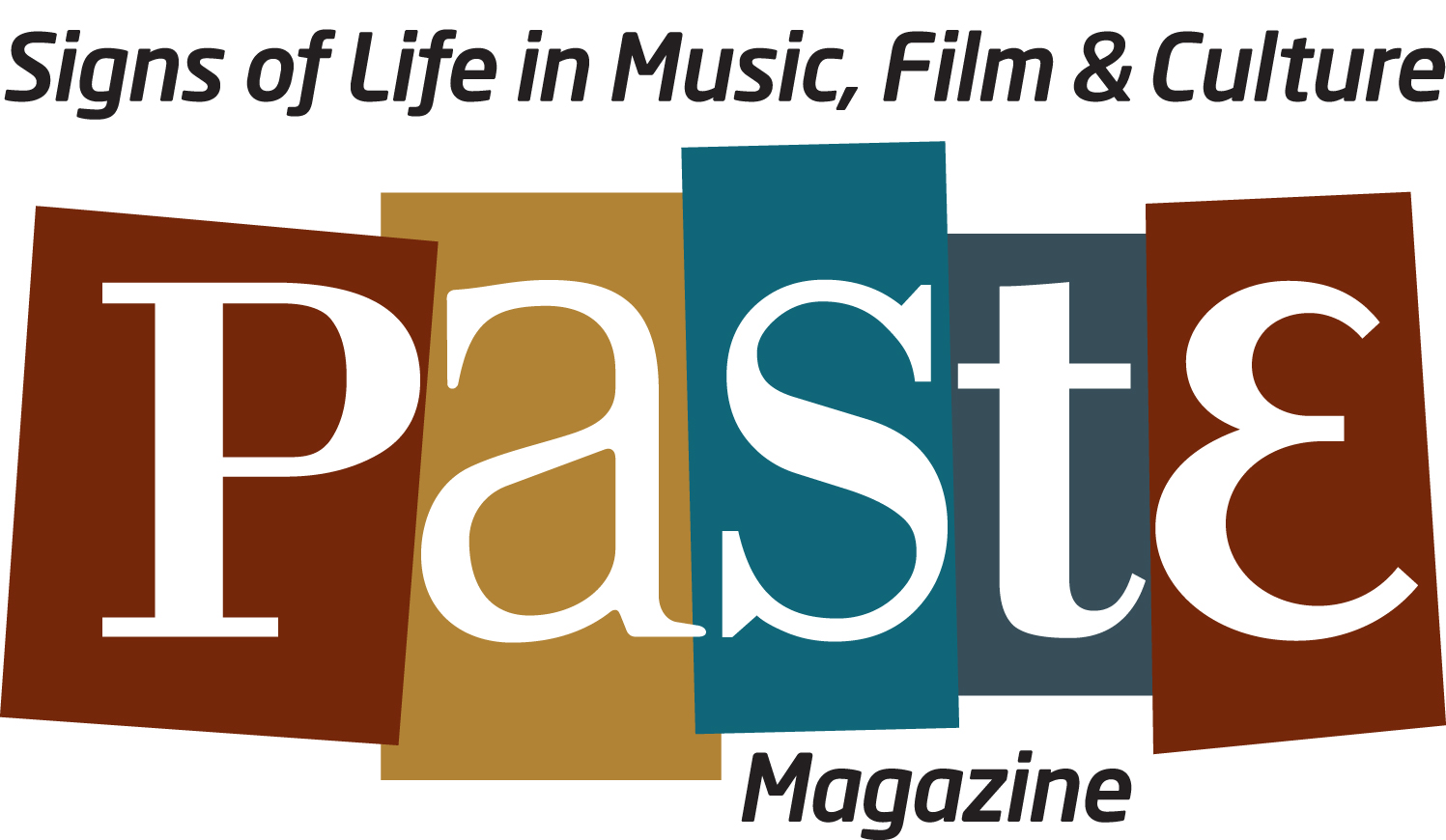— The Scriptorium —
Guildwater News Archive

THAYER SARRANO
(Basel, Switzerland)
October 05, 2016 (Wednesday) - Thayer Sarrano plays Basel, the sixth of six Swiss dates, meaning, the last one, sadly. Loyal diplomats Ted Kuhn (bass) and Jason Nazary (drums) accompany once again the dream grunge ambassadress / Botschafterin, which is, of course, Thayer herself. Together they play the Hirscheneck, in support of two other bands. First, out of Portland, Oregon, there is Muscle and Marrow, made up of Kira Clark (voice, guitar) and Keith McGraw (drums, sounds), offering music they qualify as "experimental," "dark electronic rock." They are touring in support of their new album Love, made available by Flenser Records, a label established in 2010, and based in San Francisco. We particularly enjoyed the track "Black Hole," with its drum-breaks nicely filling that void looming up on the Event Horizon. Previous Muscle and Marrow releases included: The Human Cry (2014), out on Belief Mower Records. Also offering a set at the Hirscheneck tonight is another Flenser Records ensemble known as Father Murphy. They hail from Turin in the Piedmont -- Land of the Shroud, Land of the Savoy Dynasty that unified Italy in 1861. Father Murphy is another duo -- Freddie Murphy, and Chiara Lee. They play "avant church music." In 2015 alone, they released one album and two EPs --- a trilogy -- Calvary, Croce, and Lamentations, all of which can be found on Bandcamp. Their catalog extends back to 2006. We Guildwater Scribes especially enjoyed the visual aesthetics of several Father Murphy videos. Here's one you may like, chosen among several others designed by Luca Dipierro. Here is another from another producer. If the commercial blandness of mainstream pop music has got you down, we would recommend to you this evening's Hirscheneck bill -- rounded out by Thayer Sarrano & Co. -- as an agent of catharsis and cleansing. You should wake up tomorrow feeling revived and refreshed.
University of Basel
(Source: Basel, Universitätsbibliothek)
Basel is located in the Canton of Basel-Stadt, which borders on Alsatian France and Baden-Württemberg in Germany. The city is home to Switzerland's oldest institution of higher learning -- the University of Basel -- established across 1459 and 1460. Basel joined the Swiss Confederation in 1501. Many treaties, gatherings, and councils of considerable import have taken place there -- the Peace of Basel (1499), the more recent Basel Convention (1989), and Thayer Sarrano's appearance at the Hirscheneck (2016), to name but three. We Guildwater Scribes wish to write about the Council of Basel, summoned in 1431 by Pope Martin V. The Council proved complex, to say the least. It was called to address the unfinished business of the Council of Constance (1414-1418). Constance had ended the Great Western Schism (1378-1417), an affair in which three competing pontiffs ruled simultaneously, each declaring the other "false pope," if not Anti-Christ. Such feuding damaged the prestige of the church. Going further, the Council of Constance had also declared the teachings of Jan Hus heretical, for which the Bohemian reformer was burned at the stake. The reformer had been silenced, but his followers -- the Hussites -- had not. This lead to ongoing wars in the region. Another item from the Constance ledger that the Council of Basel had to address was a bureaucratic, not nearly as gripping as three feuding popes, or the condemnation of a heretic, but just as important, if not more so. At Constance, an enclave of higher-ranking church officials had issued the decree Sacrosancta, which insisted that a general council of the church was superior to the office and person of the pope himself. This effort to curtail the powers of the pontiff is known as the "Conciliar Movement." Now the complexity can really begin. You might not believe it, but we are going to give the "simple" version.
(Acts of the Council of Basel)
(Source: Basel, Universitätsbibliothek)
Pope Martin V, who summoned the Council of Basel, passed away before its convention. The papal legate of Martin's successor, Eugenius IV, attempted to adjourn the council at the very first meeting, ostensibly for causes of nearby wars, among other reasons given, with the possibility of relocation to the Italian peninsula. The Council voted against even temporary dissolution. It reaffirmed the doctrine of Sacrosancta, and pressed on with intermittent meetings. After years of wrangling, Eugenius IV then summoned a rival council in Ferrara in 1438. On the pope's agenda was the potential end of the East-West Church Schism that dated back to 1054, when the Pope of Rome and the Patriarch of Constantinople had excommunicated one another. Here, in the 1400s, was now an opportunity to heal the Catholic-Orthodox divide, and on terms favorable to the papacy. The cause was the slow rise of the Ottoman Turks in Anatolia over the previous centuries. The Turks had crossed the Bosporus and now pressed against Constantinople (Istanbul) itself. This was the capital of Byzantium, the eastern half of the Roman Empire that had not collapsed in the fifth century, but which would eventually do so in 1453. At this late hour, the Patriarch of Constantinople sought the Pope's aid with the Ottoman threat, and Eugenius IV deemed himself in a position strong enough to press his case for Western papal supremacy over the Eastern Orthodox church. With such a prospect on the horizon, what threat or interest could the Conciliar Movement at Basel pose to him? Some members at Basel broke rank and moved on to Ferrara. A rump council of dissidents refused. These remaining constituents of the Basel Council issued declarations against the Roman pontiff. In response, Eugenius excommunicated them. The Basel Council deposed Eugenius in turn, and chose a new pontiff, who happened to be the duke of nearby Savoy. He became Felix V, creating a fresh schism -- two popes. The Basel dissidents persisted for the next 10 years, refusing to adjourn. In the meantime, Eugenius passed away, and a new pontiff came to the throne in Rome -- Nicholas V. He managed to remove his Savoy rival, Felix V, and even brought about the adjournment of the Basel rump council in 1449. The next pope, Pius II, via the bull Execrabilis (1460), abolished the doctrine of Sacrosancta as put forward by the Conciliar Movement. The primacy of the office and person of the pope was reiterated. The road to a full revival of a papal monarchy was open. And it was down that road that successive pontiffs traveled, until they encountered the resistance of the Reformation in the 1500s. The Protestants refused to take their orders from Rome. They disregarded the supremacy of the Pope. They disregarded Catholic church councils -- especially the later Council of Trent.

THAYER SARRANO
(Wildwood Revival)
October 05, 2015 (Wednesday) - It was a considerable pleasure to read the write-up, and see the images, appearing in Paste Magazine, regarding the appearance of Thayer Sarrano, in late August, at the Wildwood Revival, a three-day musical and cultural festival, situated on Cloverleaf Farm, on the fringes of Athens, Georgia. Molly Morgan writes: "Thayer Sarrano is a lady of many talents, playing her electric organ and electric guitar simultaneously.... Her style is dark, heavy and rootsy...." Many thanks to Paste and Morgan for the kind words, as well as the comprehensive coverage given to the Wildwood Revival. Of Wildwood itself, Morgan writes: "It was said over and over this weekend: Wildwood Revival is special." Should you care to read our own detailing of that festival, which is rather "Thayer-Centric," we plead extra-guilty, your honor, please visit our Archives. There you can also access Paste's review of Thayer's album, written by Eric R. Danton. The latest studio release by Thayer Sarrano -- Shaky -- is available on iTunes, Amazon, and Google Play, in addition to numerous other outlets. This includes streaming services. Here are a few for your delectation: eMusic, Groove, iHeartRadio, Medianet, Rhapsody, Shazam, Slacker Radio, and Spotify. Don't forget to check out equally her earlier catalog: Lift Your Eyes to the Hills (2012). Shaky and Hills are also available in physical formats on Bandcamp. There you can also find her album King (2009).

— Guildwater Archive —





